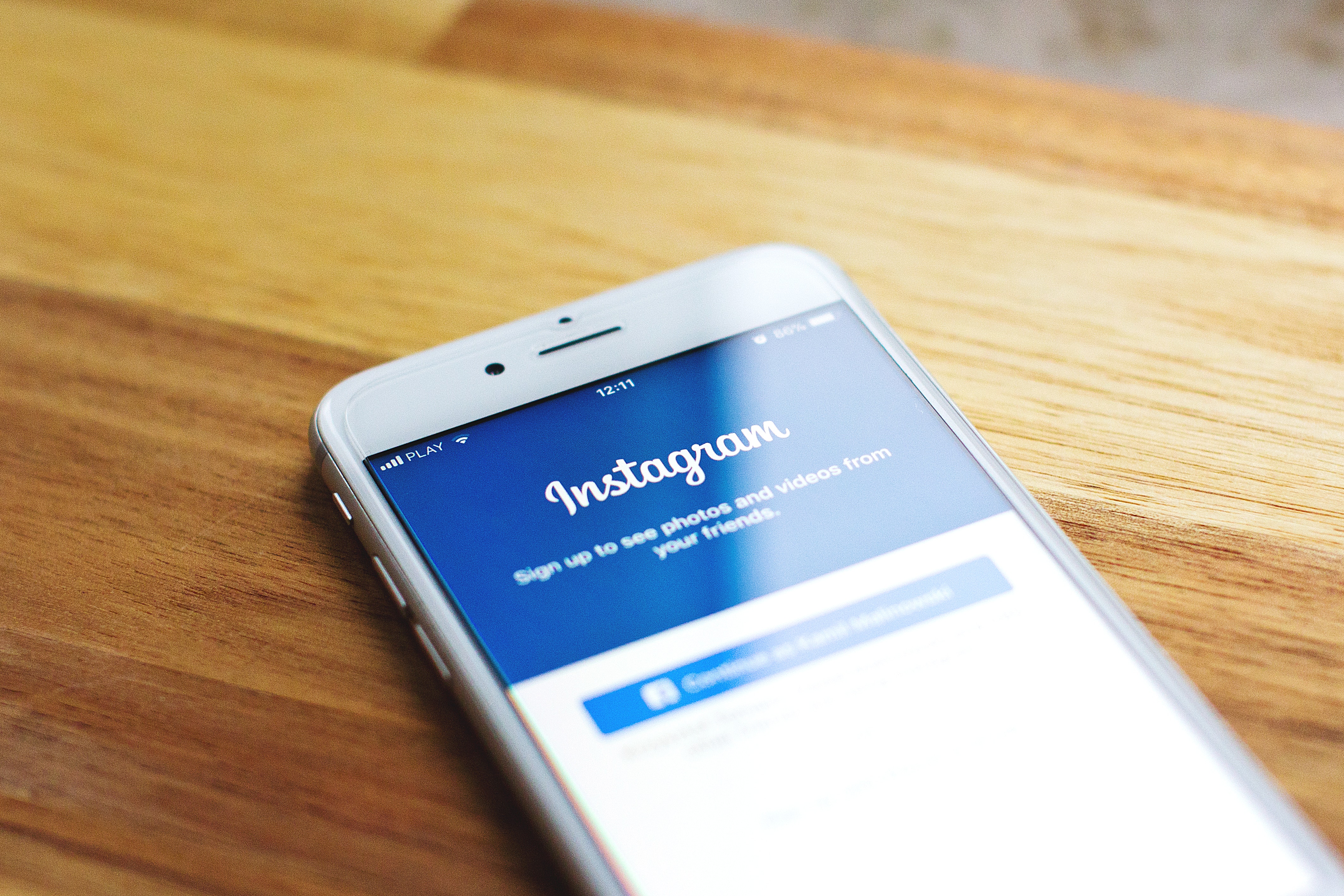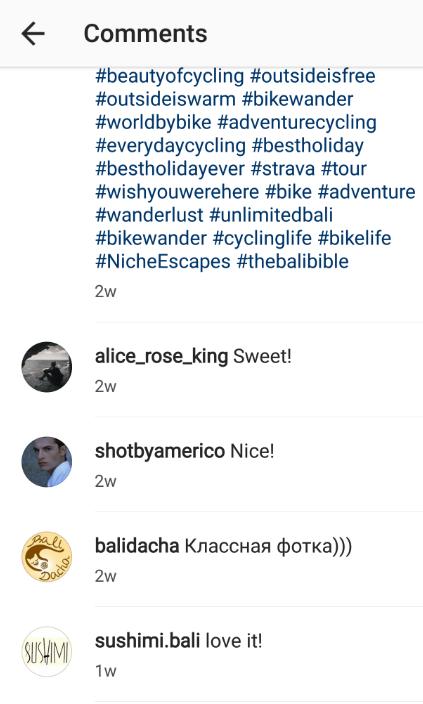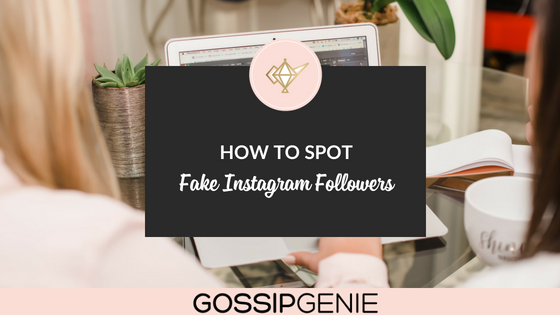If you work in social media, you know that Instagram can be one heck of a beast to work with. It’s such an influential platform, but it requires so much planning, outreach, photography, and maintenance. And just when you get in the groove of handling the platform, they announce an update that completely changes your routine.

One of the biggest challenges a social media manager faces when running an Instagram account is building a solid following. You want to ensure your brand looks as large and legitimate as they really are, but it can be a painstakingly slow process to make it to even 5,000 followers. It can actually take years.
A lot of social media managers (and influencers) choose to buy followers instead. To the untrained eye, this might seem like a valid solution. Who would ever know that your 30,000 followers weren’t real? Well, the answer is a lot of people.
The first indicator that someone may have bought followers is a low ratio of engagement in comparison to their number of followers. If you need help calculating your ratio, you can use this calculation:
# of Likes + Comments on a photo / # of Followers x 100 = % Engagement
So for example, if your page has 5,000 followers but your most recent photo gets only 30 engagements (26 Likes + 4 comments), this means your engagement rate is .6%. The average engagement rate on Instagram is between 3 and 6%, so this is extraordinarily low. This is a clear indication that the supposed followers are actually bots that were purchased on a third-party website.
Another way to tell if someone has fake followers is by going to SocialBlade.Com. You can type in the page’s Instagram handle on the top right corner to see the rate at which they gained followers.

If they gained several thousand followers in one day (such as this influencer did multiple times), it is likely that they purchased this bundle of followers from a website.
Lastly, if an Instagram account has several dozen spammy comments on each post, you can tell they might be paying bots for engagement. Spammy comments are obvious because they are often generic and don’t correspond with the caption. Here’s an example:

While fake followers may not bother some people, it makes me question the credibility of the company. If they’re willing to cut corners and purchase fans inauthentically, what else might they be willing to do? Or perhaps they’re so inexperienced in marketing that they think people won’t notice. Either way, I would rather them have a lower number of followers but have more integrity. Instagram was created with the hopes of building authentic conversations around beautiful images and paying for an audience defeats the purpose.
What do you think of fake followers? Do you think it’s necessary for brands in order for them to keep up or do you see it as inauthentic and elementary? Comment below.


